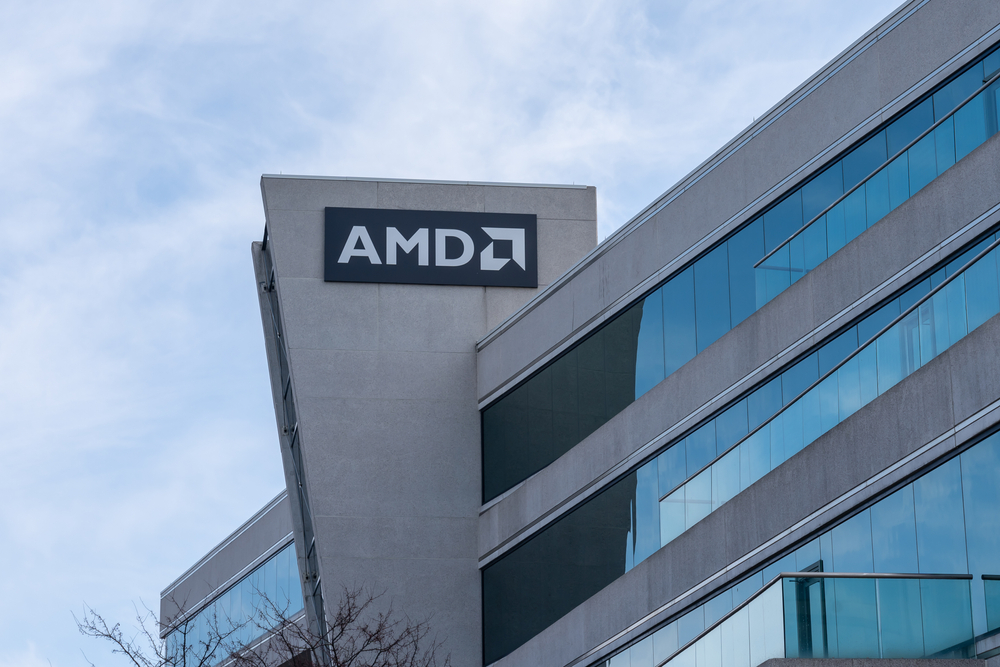
AMD has shifted its focus toward AI chips, deprioritizing flagship gaming GPUs in favor of a broader business strategy. The company’s new approach will merge its RDNA gaming graphics and CNDA data center efforts into a unified architecture called “UDNA,” primarily targeting the AI market. AMD’s computing and graphics leader, Jack Huynh, emphasized that the priority is building market share at lower price points in gaming, rather than competing with Nvidia’s top-tier GPUs. Huynh explained that without substantial market penetration, developers are less inclined to optimize for AMD hardware, making scale critical to the company’s strategy.
AMD’s intention to dominate the AI data center space reflects a shift in focus, with the company aiming to expand its market share through EPYC CPUs and top-performing data center GPUs. Huynh reaffirmed the importance of gaming to AMD, but noted that the company’s current emphasis is on AI technologies due to market demand.
This pivot mirrors the strategy of Nvidia, which has also increasingly focused on AI chips over gaming GPUs. Both companies have accelerated their product cycles, releasing new silicon architectures at a faster pace to keep up with AI-driven innovations. However, the shift in focus has come at the cost of delaying consumer GPUs, with Nvidia also potentially favoring data center markets due to their higher profitability.
While AMD is pursuing this new direction, Huynh suggested that AMD’s efforts in value-oriented GPUs could still appeal to gamers, especially as the price-performance ratio of GPUs has become a growing concern.
Featured Image courtesy of TechNews
Follow us for more updates on AMD.
